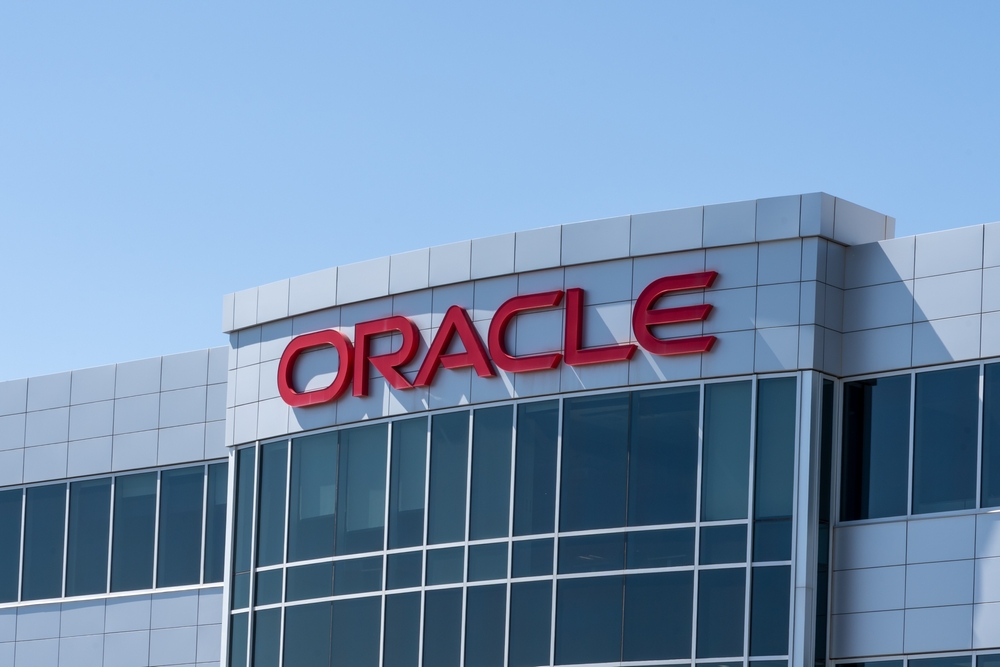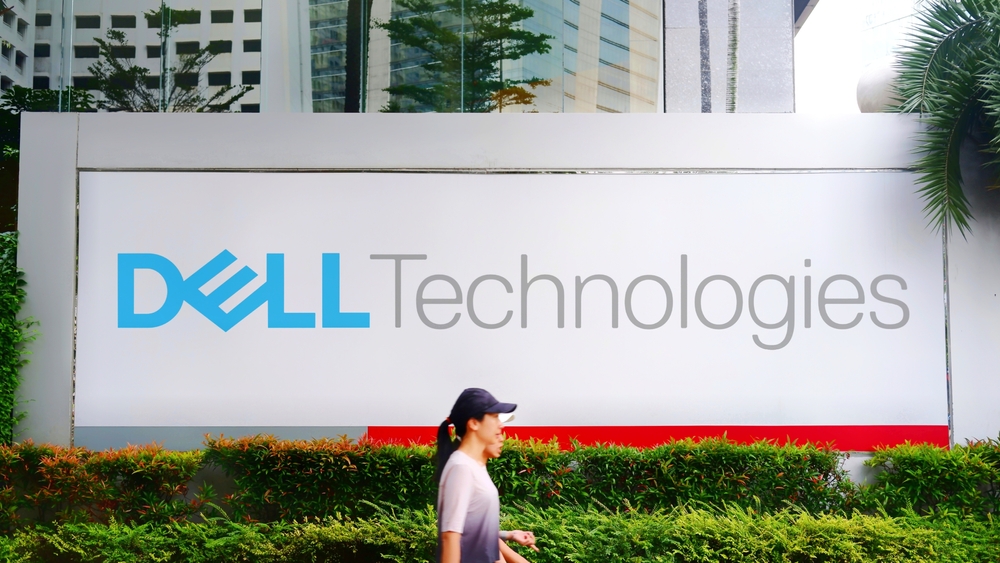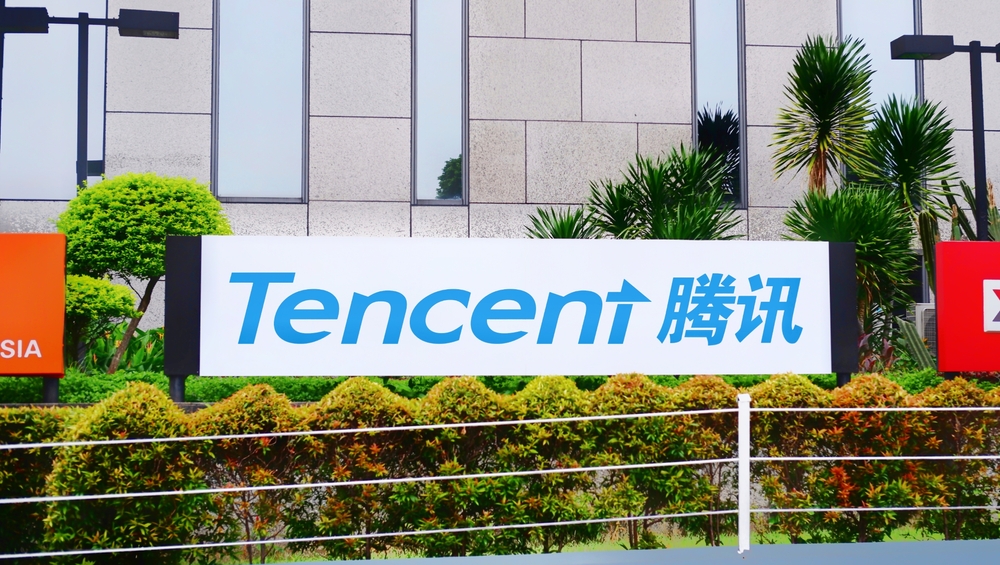Quarterly Numbers
Financially, the quarter on paper did not look overwhelming. Adjusted earnings per share reached $1.47, which was slightly below expectations. Revenue of $14.93 billion also fell short of the LSEG analyst consensus. However, the 12% year-on-year growth shows that the company is moving in the right direction. Net income remained practically unchanged, at $2.93 billion. Under normal circumstances, such numbers would hardly generate euphoria. But this time, it is important to watch another part of the story.*
Cloud and AI
While the traditional business grew only slightly, Oracle’s cloud infrastructure recorded a 55% jump to $3.3 billion. And what is even more important, the so-called remaining performance obligations, the volume of future contracts, rose to an incredible $455 billion, representing year-on-year growth of 359%. This growth is based on strategic agreements – Oracle is building a 4.5 GW data center for OpenAI in the U.S. and has also reached an agreement with Google that its Gemini models will be directly available on Oracle Cloud. The planned growth of cloud revenue is nothing short of explosive. From the current $10 billion in 2025, the company expects an increase to as much as $144 billion by 2030. [1]
New Products and AI Integration
Another step in the transformation is the launch of Oracle AI Database in October 2025. This product will allow models such as GPT-5 to run directly on data stored in Oracle databases, offering clients an unprecedented opportunity to combine their own data with the most advanced AI models. Larry Ellison emphasized that the company is now speaking not only with CEOs of technology giants but also with heads of state, highlighting that AI is simply a topic that transcends the boundaries of business.
The Best Day on the Stock Market in History?
The result was a reaction Oracle had not experienced since 1999. In after-hours trading, immediately following the release of the quarterly numbers, the stock price jumped 27%. If Wednesday’s trading were to sustain a rise of at least 22%, it would mark the third-largest increase in the company’s history. Market capitalization would surpass $800 billion. For comparison, Oracle’s shares have risen 45% since the beginning of the year, while the S&P 500 index has gained only 11%. This shows that investors holding Oracle shares are clearly outperforming the most well-known U.S. index.*
Competition and the Future
Although Oracle still lags behind Microsoft Azure and Amazon AWS in terms of volume, its growth rate is significantly higher. The difference lies in strategy – instead of massive investments in its own buildings, Oracle wants to remain “asset-light,” as confirmed by Safra Catz. Investments in data centers for 2026 will reach $35 billion, but the company does not want to own them, only operate them efficiently.
Conclusion
The story of Oracle is proof that even a traditional company with a history spanning nearly five decades can effectively innovate and deliver value to shareholders. What looked like just another standard quarter with slightly weaker numbers has actually become the beginning of a new chapter. Oracle is no longer just a database company – it is an exponentially growing player in AI infrastructure with a promising future.
* Past performance is no guarantee of future results
[1] Forward-looking statements are based on assumptions and current expectations, which may be inaccurate, or based on the current economic environment which is subject to change. Such statements are not guaranteeing of future performance. They involve risks and other uncertainties which are difficult to predict. Results could differ materially from those expressed or implied in any forward-looking statements.
Sources:
https://www.cnbc.com/2025/09/09/oracle-orcl-q1-earnings-report-2026.html
https://www.cnbc.com/2025/07/22/openai-oracle-stargate-texas.html




